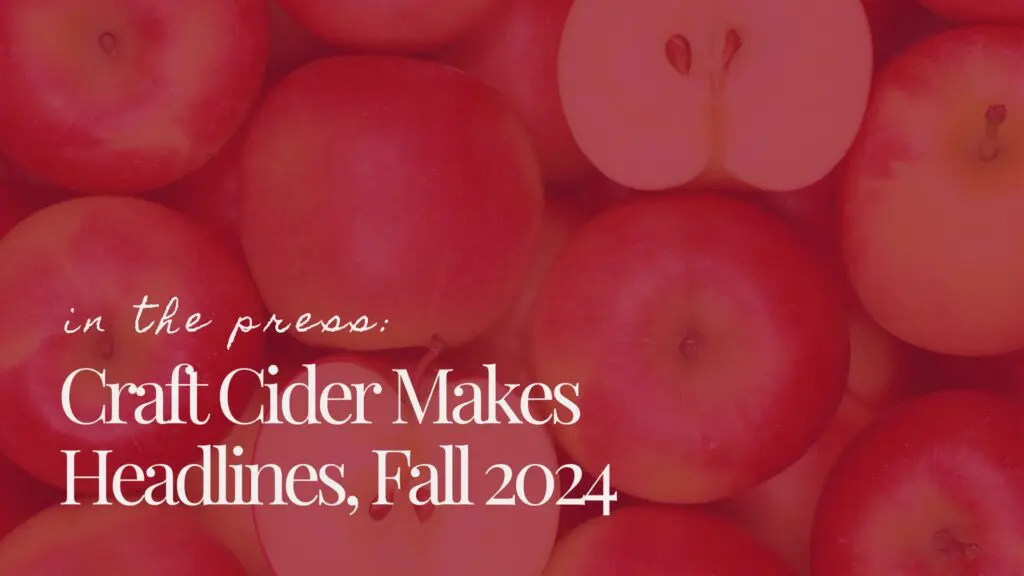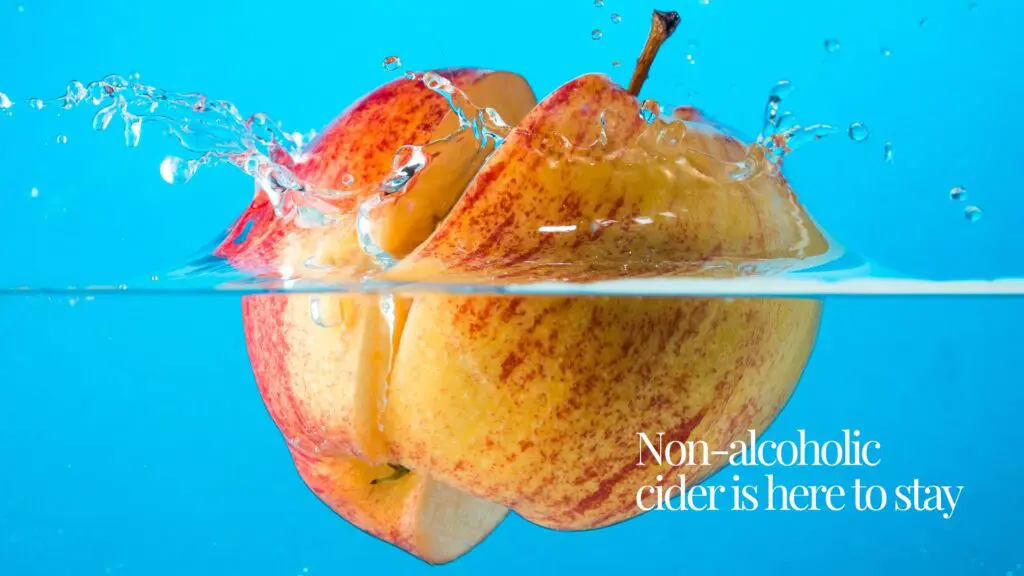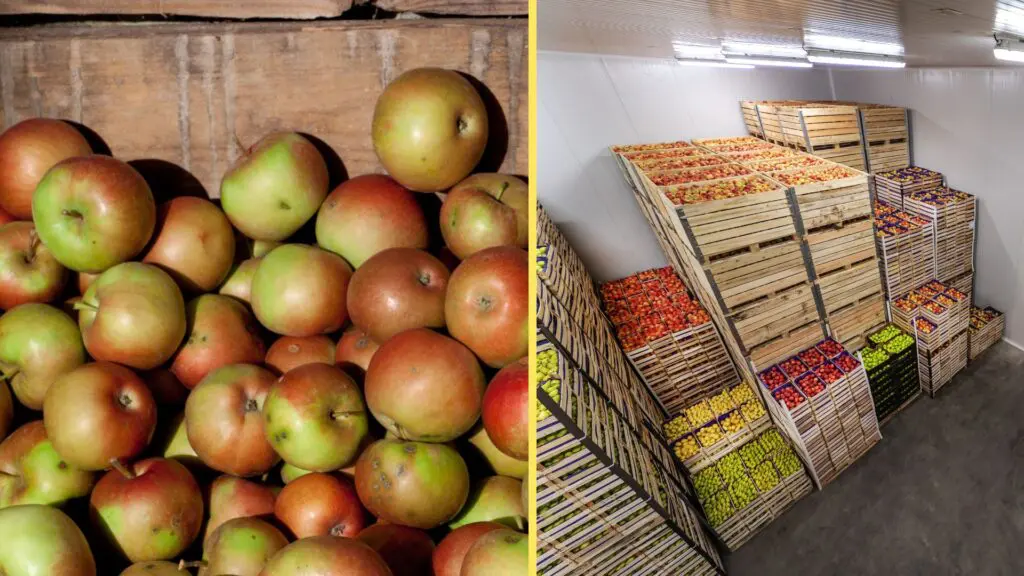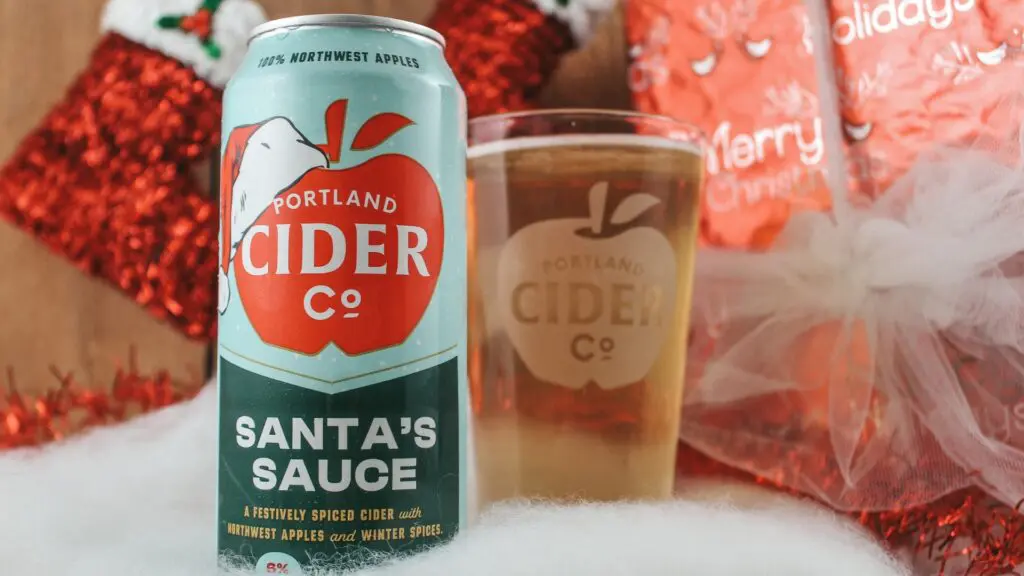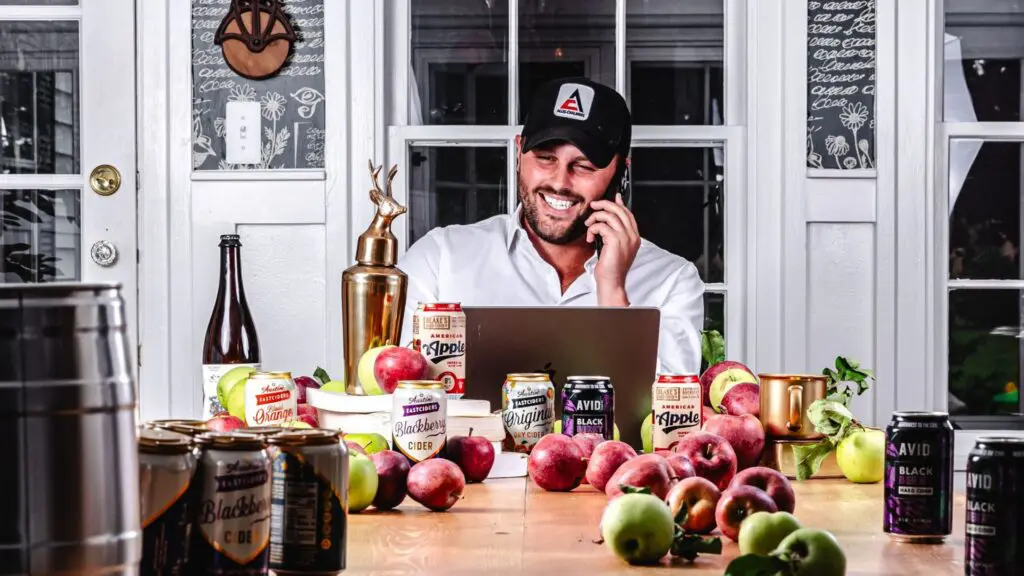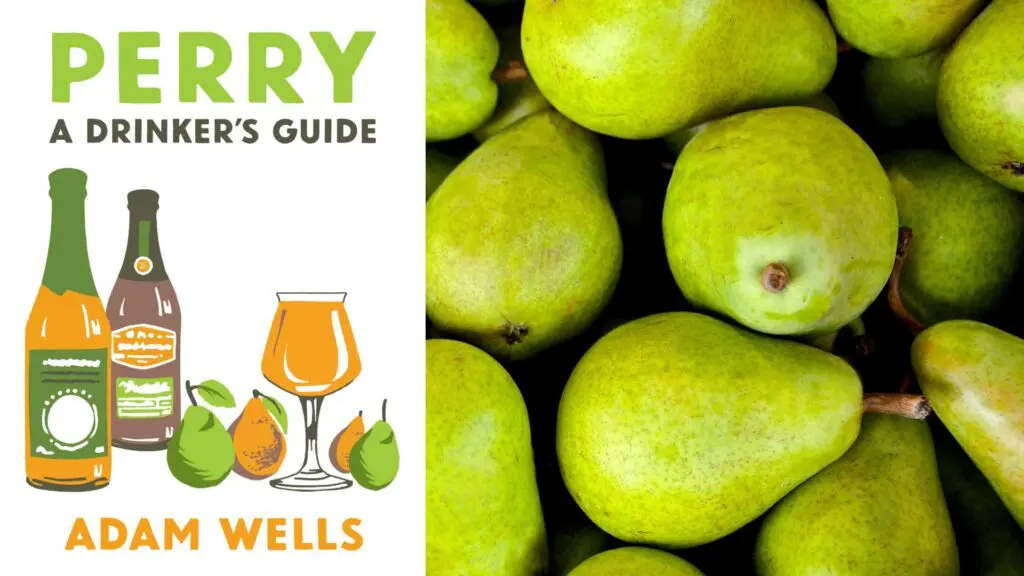Apple Tales with Darlene Hayes
William Dabinett was born in 1861, the 69th soul in the small Somerset village of Middle Lambrook, United Kingdom. His father, also William, was a farm laborer and his mother, Sarah, a glover — working class families needed to earn every penny they could to make ends meet. By the age of 10, William the younger had left school and was working in the fields, too.
Local lore says that one of the Williams discovered the eponymous tree growing in a hedgerow — a “wilding” or “gribble,” in the dialect of Somerset. The tale does not, however, include when the discovery was made or what was done with the information afterwards.
I like to think that William was working for one of the cidermaking farmers in nearby Kingsbury Episcopi, perhaps Charles Porter or Richard Scott, and that William brought the apple to him. That might explain how the Dabinett name became attached to it, at any rate. There is no indication that either of the William Dabinetts had any more connection to either apples or cider beyond that fortuitous discovery.
Dabinett the apple first enters the written record in the 1896 Journal of the Bath and West Society appearing in a table with analyses of local cider apples made by chemist Fredrick Lloyd, who’d been hired several years previously as part of the efforts to improve local cider. The apples had been harvested in 1895 from the farm of the aforementioned Mr. Scott and testing showed it to be a mild bittersweet according to the parameters that would be set later by the National Fruit and Cider Institute.
In addition to funding Mr. Lloyd’s research work testing rootstocks, analyzing apple juice, and conducting experiments on the best practices for cidermaking, the Bath and West Society had also recently made the decision to add an exhibition of cider to their annual meeting. Exhibitions of this kind were intended to promote advancement by awarding prizes to the best examples of agricultural products important to the area. The society had been rewarding producers of the best cheddar cheese, horses, dairy cows, pigs, and other farm products for decades, and cider certainly fit with their improving mission.
The first cider exhibition took place in 1895, then again in 1896 with slightly modified rules. The cider had to have been made in the year prior to the exhibition, made only with apple juice, and be a minimum of 4 percent alcohol by volume, a level that many cidermakers did not manage to achieve, disqualifying their entries from judging. In 1897, entrants were asked to include information about the varieties used, conditions in the orchard, and whether or not they used fertilizer, as the organizers thought this would add to the knowledge base for determining what made a good cider. Richard Scott included Dabinett in two prize-winning ciders that year (equal parts Chisel Jersey, Dabinett and Kingston Black plus a handful of Cap of Liberty), and shared that he ran pigs under the trees.
Dabinett appears on and off in the Bath and West reports over the next five or so years, though only from farms within five miles of Middle Lambrook, suggesting that it remained very much a local variety. But people like Mr. Lloyd and the scientists at the National Fruit and Cider Institute, established in 1903, liked Dabinett very much. They grew it in their research orchard, used it to test various orchard practices such as top-working existing trees, analyzed fresh juice, and continued to make test batches of cider (they thought it was best in a blend). The National Fruit and Cider Institute published a summary of its work in 1911, including Dabinett on the short list of high quality cider fruit as well as on a list of “profitable sorts to grow” thus encouraging Dabinett’s spread out of its home region.
Though grown around the world today, it doesn’t do well in every climate. It grows best in places that give it a significant number of chill hours, time spent below 30˚ F during the winter dormant period. Without sufficient chill hours it tends to leaf out months behind its peers in the orchard, bloom at often inappropriate times, and grow hardly at all.
Long thought to be a seedling of another bittersweet apple, Chisel Jersey, recent DNA analysis has shown this to be not the case. More likely parents are Burrow Hill Early and Hereford Broadleaf. Whichever its parents are, though, it does in fact make a very fine cider, though the examples we tried suggest that the folks at the National Fruit and Cider Institute were right about it being best in a blend, for adding some percentage of juice from a sharp variety like Foxwhelp gave the smoky, leathery flavors of Dabinett a little more brightness. Many were matured in oak, which may account for some of the smokiness. Stone fruit flavors, apricot in particular, were another common note, along with mandarin orange. How I wish I could grow it, but, alas, my orchard site is just a little too warm.
Oliver’s Cider and Perry – Ocle Pychard – Herefordshire, U.K.
Dry; smoke, clove, baked apple, apple skin, mandarin orange, twigs, apricot, green herbs; still
2017 | 9.3% ABV
Oliver’s Cider and Perry – Ocle Pychard – Herefordshire, U.K.
Dry; earth, forest floor, smoke, dried apricot clove, nutmeg, cinnamon, vanilla; still
2019 | 7.6% ABV
Ross on Wye Cider and Perry Co. – Ross-on-Wye, Herefordshire, U.K.
Dry; wood, leather, dried mango/papaya, clove, stewed mandarin orange, walnut skin, ripe peach, smoke; sparkling
2018 | 8.4% ABV
Sandford Orchards – Crediton, Devon, U.K.
Dry; smoke, leather, apricot, cream, apple skin, clove; sparkling
2018 | 8.0% ABV
Blue Bee Cider – Richmond, Va.
Dry; geranium, bruised apple, pear, smoke, celery leaf, tomato leaf; sparkling
2020 | 8.5% ABV
SteamPunk Cider – Medina, N.Y.
Dry; apple, apple skin, apricot, mild smoke, lemon, melon; sparkling
Undated | 7.5% ABV
Ploughman Farm Cider – Dabinett (60%)/Roxbury Russet (40%) – Aspers, Pa.
Dry; melon, leather, wood, smoke, green herbs, ripe and just ripe apricot, plum skin; sparkling
Undated | 8.5% ABV
Liberty Ciderworks – Spokane, Wash.
Dry; mandarin orange, ripe apricot, ripe peach, mango, hint of smoke, VA; still
2018 | 10.5% ABV
Liberty Ciderworks – Spokane, Wash.
Dry; ripe apple, butterscotch, orange, smoke, just ripe apricot, clove, green apple, VA; still
2020 | 8.0% ABV
Alpenfire Cider – Port Townsend, Wash.
Dry; apricot, peach, orange, hint of smoke, green apple skin, cream (very textural); sparkling
2019 | 6.4% ABV
Dragon’s Head Cider – Dabinett Blend – Vashon Island, Wash.
Dry; ripe apricot, ripe peach, faint smoke, orange, dried apple; sparkling
2019 | 8.0% ABV
Haykin Family Cider – Dabinett (80%)/Ashmead’s Kernel (20%) – Aurora, Colo.
Semi-sweet; caramel apple, pear drop, apple juice, green plum, pear; sparkling. (Apples grown in Yakima, Wash.)
2018 | 7.9% ABV


